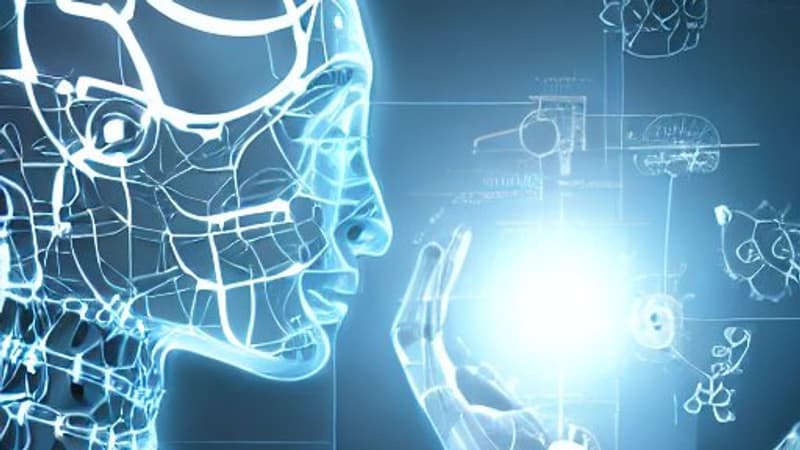The Californian company OpenAI, behind the ChatGPT phenomenon, launched on Tuesday GPT-4, a new version of the generative artificial intelligence technology that powers the famous chatbot and is one step closer to computer programs that are also “smart” than the humans.
Microsoft, which has invested billions of dollars in the start-up, announced after having integrated GPT-4 to Bing, its search engine that has already equipped ChatGPT’s features for a month.
“More creative and collaborative than ever”
ChatGPT has generated a lot of excitement, but also controversy, as it is freely available and used by millions of people around the world to write essays, lines of code, scenarios, or just to test its capabilities.
With GPT-4, the chatbot will become “more creative and collaborative than ever,” the company promises. Unlike previous versions, the new model is equipped with vision: it understands text but also images, thanks to another start-up, Be My Eyes. However, it only outputs text.
In the immediate future, only users of ChatGPT Plus, the paid version of the chatbot, and the million Internet users with access to the new Bing will be able to test GPT-4 (no image processing for now). OpenAI has thus established itself as a leader in generative artificial intelligence (AI) with its programs that produce texts or, like DALL-E, images.
GPT-4’s multimedia capabilities are a step in the direction of so-called “general” artificial intelligence, which is called for by the head of the startup, Sam Altman. The concept refers to AI systems with human cognitive abilities, or “smarter than humans in general,” according to Sam Altman.
“We went from the Moon to Mars”
For now, the model lacks one crucial ability: memory. It was trained on data that stops in September 2021 and “does not continually learn from its experiences,” OpenAI details.
On the other hand, he gained academic ground: “He passed the exam to become a lawyer with a score as good as the top 10%. The previous version, GPT 3.5, was at the level of the bottom 10%,” he said with congratulations. the company.
“The power of the algorithm will increase, but it is not a second revolution,” says Robert Vesoul, CEO of the French company Illuin Technology. “We didn’t go from the Moon to Mars.”
Concerns about certain professions
The ChatGPT craze has started a race for generative AI. Leading the way, Microsoft and Google have integrated automated creation tools into their online platforms and software, making it easy to produce emails, ad campaigns, and other documents, not without hiccups and mechanical hallucinations.
Morgan Stanley announced Tuesday that it will use GPT-4, which allows “to have all the knowledge of the most qualified person in wealth management, instantly,” said Jeff McMillan, one of the bank’s executives. Tutorial giant Khan Academy and payment app Stripe will also integrate GPT-4 features.
This rapid progression of generative AI worries many intellectual and creative professions, who already imagine themselves reduced to the role of managing chatbots to extract the best texts and images. These technologies also have the potential to be used for nefarious purposes.
The company announced that it has hired more than 50 experts to assess new threats that could arise, for example for cybersecurity, in addition to the already known risks (generation of dangerous tips, faulty computer code, false information, etc.).
Your feedback and analysis should help improve the model. “In particular, we collect additional data to ensure that GPT-4 denies user requests about the manufacturing of hazardous chemicals,” OpenAI said.
Source: BFM TV


